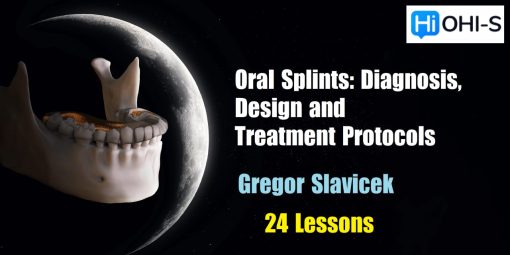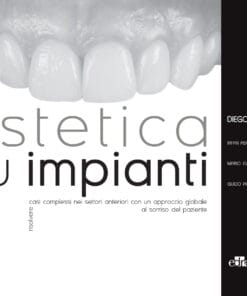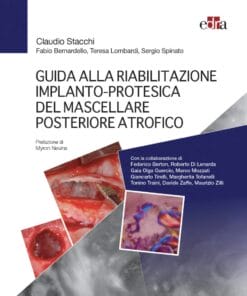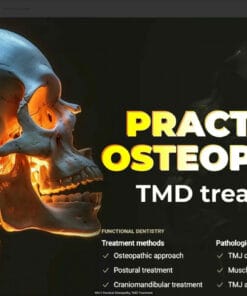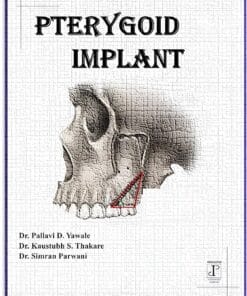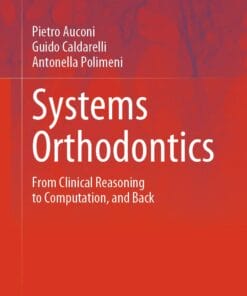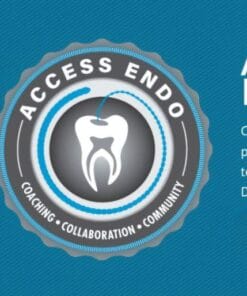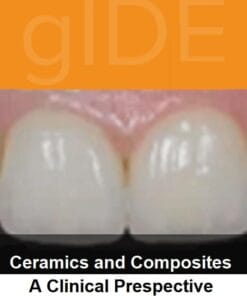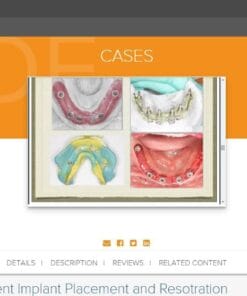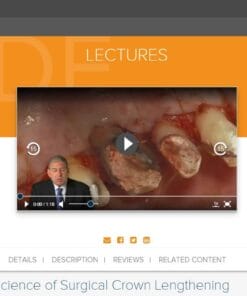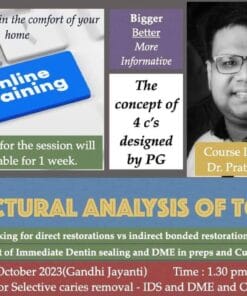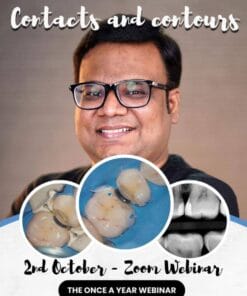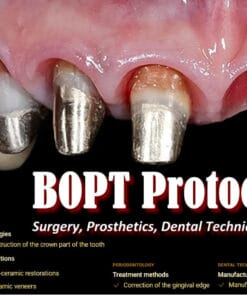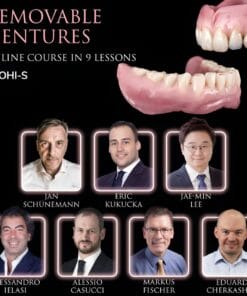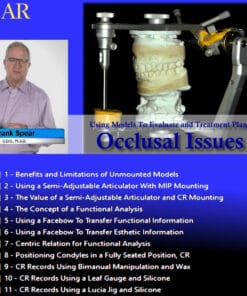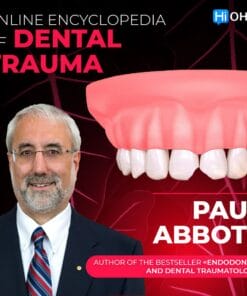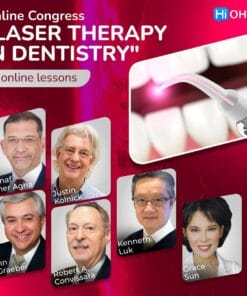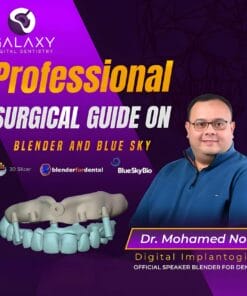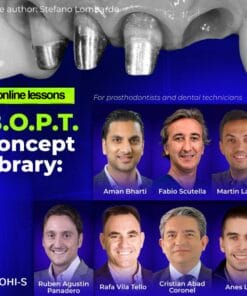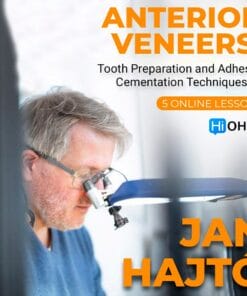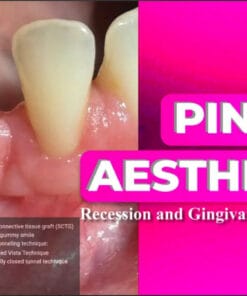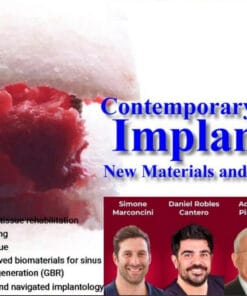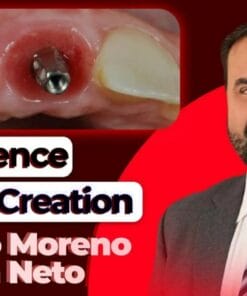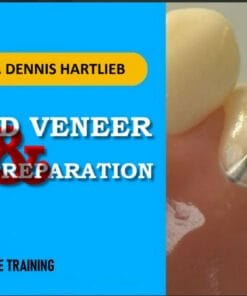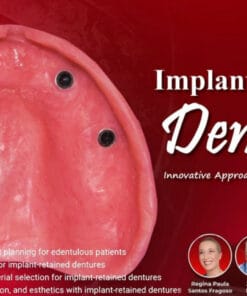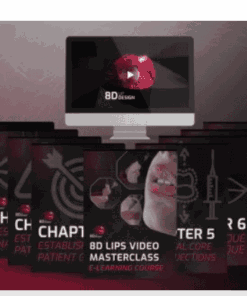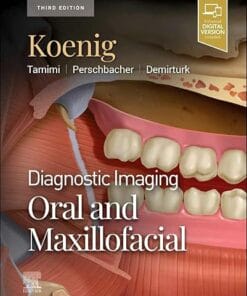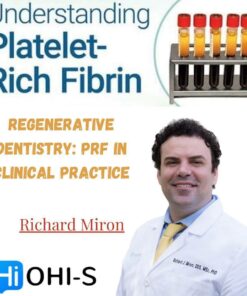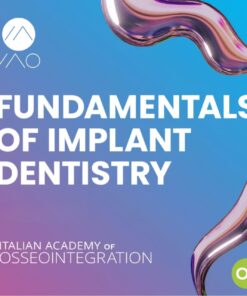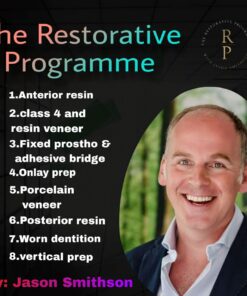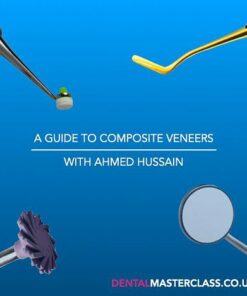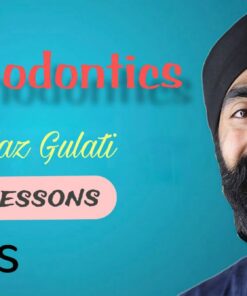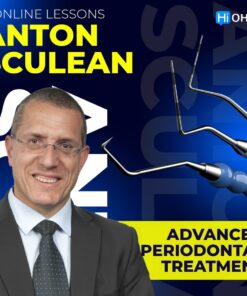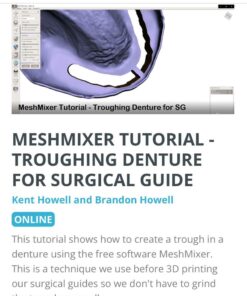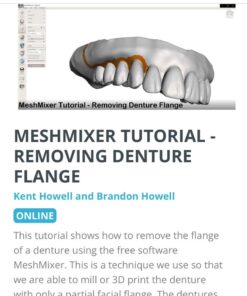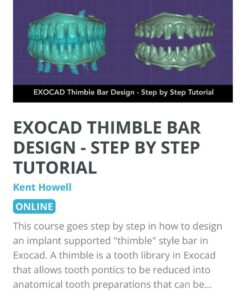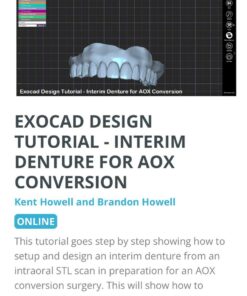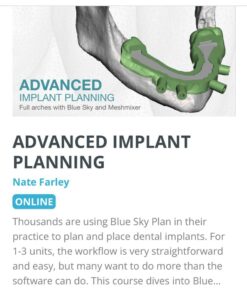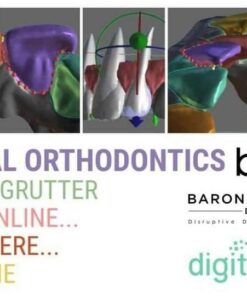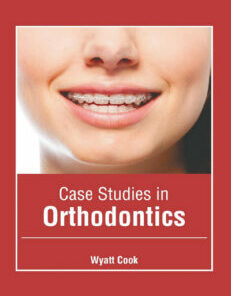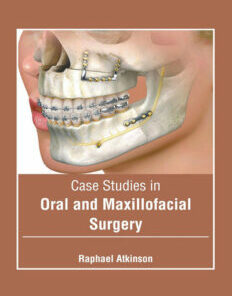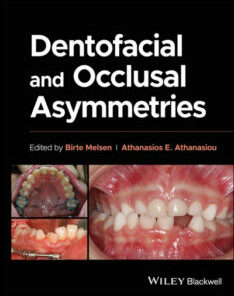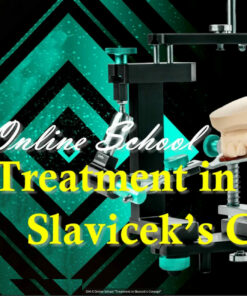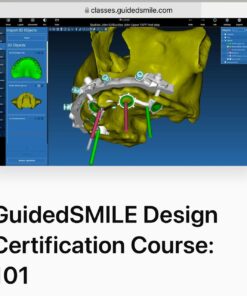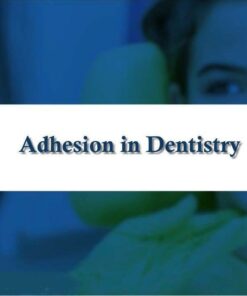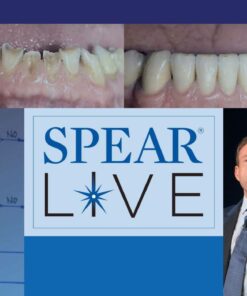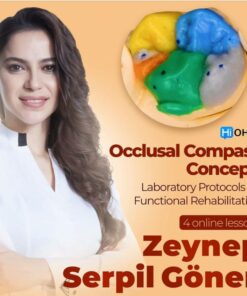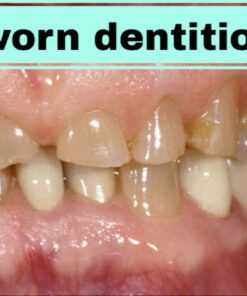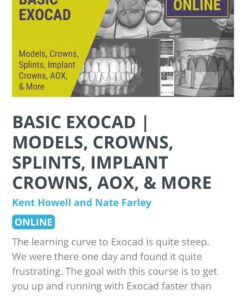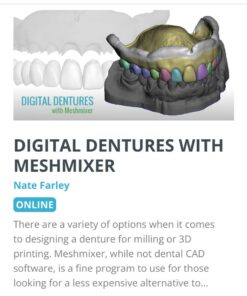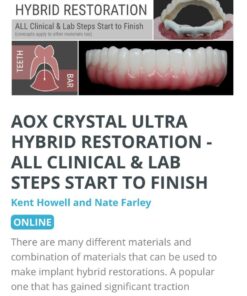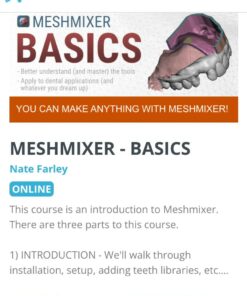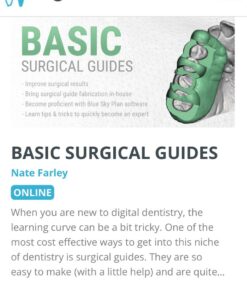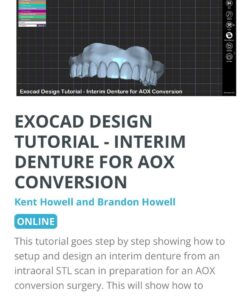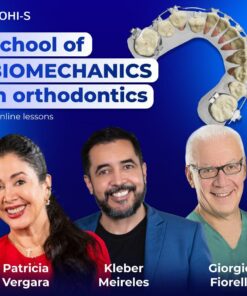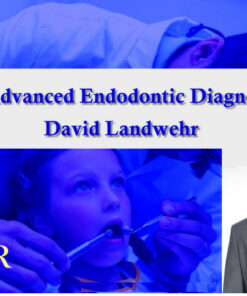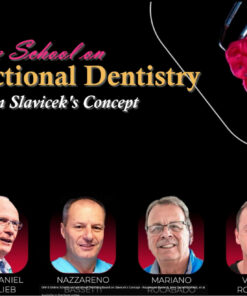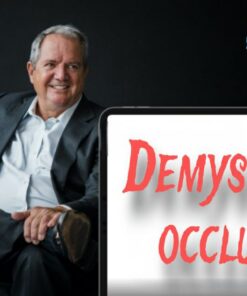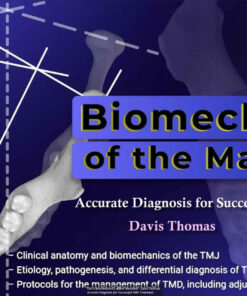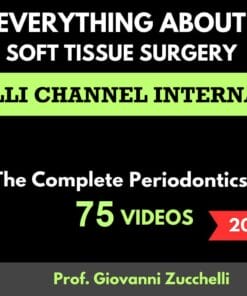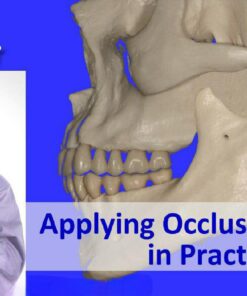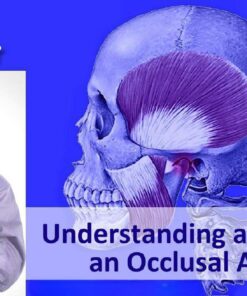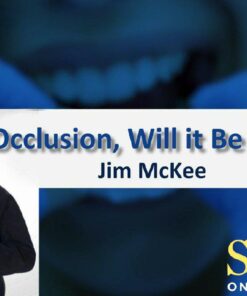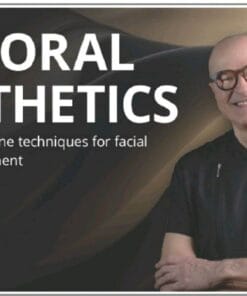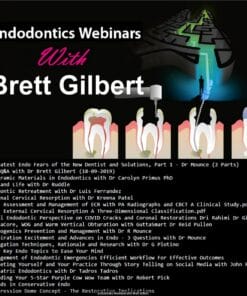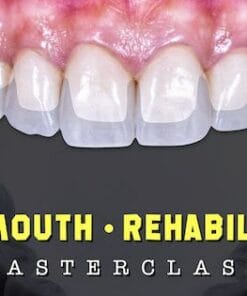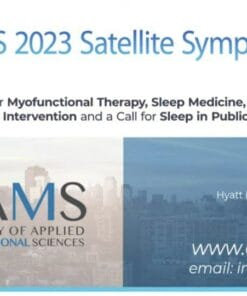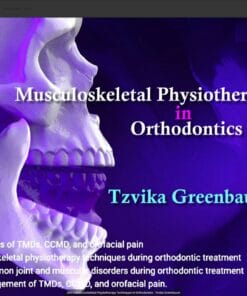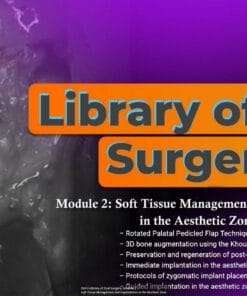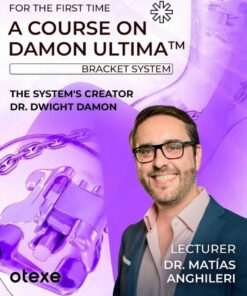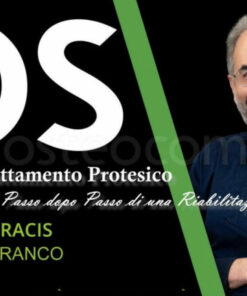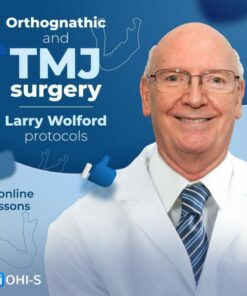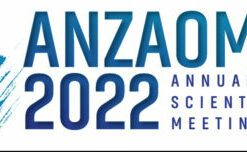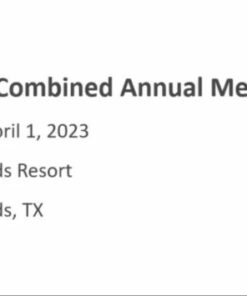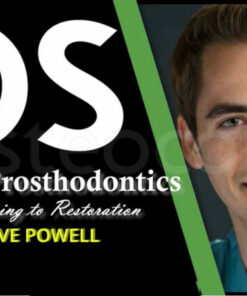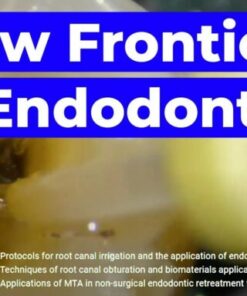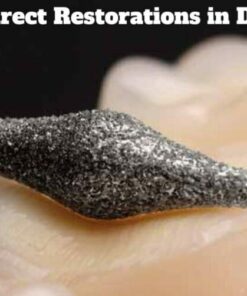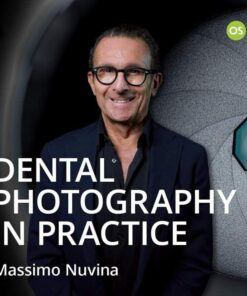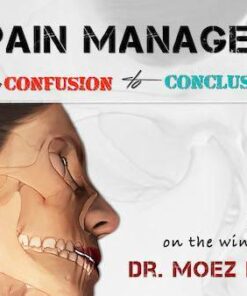OHI-S Oral Splints: Diagnosis, Design and Treatment Protocols – Gregor Slavicek (Course)
120 $
Diagnosis, Design and Treatment Protocols
OHI-S Oral Splints: Diagnosis, Design and Treatment Protocols – The Ultimate Course for Dentists
If you’re a dentist seeking to elevate your knowledge and expertise in oral splints, this oral splint therapy course is your ultimate solution. Designed and instructed by the renowned oral splint therapy expert, Gregor Slavicek, this comprehensive course is perfect for you.
Throughout the course, you’ll learn everything about the historical perspective of oral splint therapy, such as the convergence of diagnostics, divergence of therapy, and the literature up to 1995. Additionally, you’ll get insights on different concepts and terminologies of oral splints, and how to systematically assess patients.
The course includes detailed analysis of functions, such as chewing function and bruxism, the occlusion, posture, problem list, treatment strategies, and much more. In the second part of the course, you’ll learn about the construction elements and decision making in oral splint therapy. You’ll get a clear understanding of different types of oral splints, including myofascial problem-focused and myorelaxation splints.
The course also covers the basics of reciprocal clicking, condylography, chronic joint blockade, and its therapeutic use, as well as special rails, distraction, compression, and the final treatment strategy.
By completing this comprehensive course, you’ll be able to diagnose, design, and implement treatment protocols for oral splint therapy efficiently. Hence, if you’re willing to ensure better oral splint therapy treatment to your patients, place your order for OHI-S Oral Splints: Diagnosis, Design and Treatment Protocols today and take the first step towards becoming an expert dentist in this field!
Section 1, Module 1: The Crutches of Dentistry – Intro and Basic Thoughts
Section 1, Module 2: Historical Review – The Literature Up to 1995
Section 1, Module 3: Convergence of Diagnostics, Divergence of Therapy, Indications for Intraoral S
Section 1, Module 4: Concepts and Terminology
Section 1, Module 5: Systematic Assessment – Main Concern and Occlusal Index
Section 1, Module 6: Comparative Muscle Palpation
Section 1, Module 7: TMJ Palpation
Section 1, Module 8: Neurological Screening
Section 1, Module 9: Analysis of Functions – Chewing Function
Section 1, Module 10: Analysis of the Functions – Bruxing
Section 1, Module 11: Occlusion and Posture – Clinical Screening
Section 1, Module 12: Problem List and Treatment Strategy
Section 2, Module 1: Construction Elements and Decision Making
Section 2, Module 2: Production of S in the Articulator
Section 2, Module 3: Clinical Application Looping in and Adaptation
Section 2, Module 4: Verticalization Rail
Section 2, Module 5: S with a Focus on Myofascial Problems, Myorelaxation S
Section 2, Module 6: Basics of Reciprocal Clicking – Including Condylography
Section 2, Module 7: S with a Focus on the Temporomandibular Joint – Anterior Disc Displacement with Reduction
Section 2, Module 8: Basics of Chronic Joint Blockade – Including Condylography
Section 2, Module 9: S with a Focus on the Temporomandibular Joint – Anterior Disc Displacement without Reduction
Section 2, Module 10: Distraction and Compression – Definition and Therapeutic Use
Section 2, Module 11: Special Rails
Section 2, Module 12: Walking Back, Final Treatment Strategy, and Therapeutic Position
Related Products
Dental Ebook And Video
Guida alla riabilitazione implantoprotesica del mascellare posteriore atrofico pdf
Dental Ebook And Video
Oral Anatomy, Histology and Embryology, 6th edition (Original PDF from Publisher)
Dental Ebook And Video
gIDE ondemand lectures – Edentulous Patient Implant Placement and Restoration
Dental Ebook And Video
gIDE ondemand lectures – The Art and Science of Surgical Crown Lengthening
Dental Ebook And Video
Structural Analysis of Tooth – The Concept of 4 C’s by Dr. Pratiek Gupta
Dental Ebook And Video
SPEAR Using Models To Evaluate and Treatment Plan Occlusal Issues – Frank Spear
Dental Ebook And Video
B.O.P.T. сoncept encyclopedia. For prosthodontists and dental technicians
Dental Ebook And Video
Precision in Laminate Ceramic Veneers: Tooth Preparation and Adhesive Cementation Techniques
Dental Ebook And Video
OHI-S Contemporary Advances in Implantology New Materials and Updated Protocols
Dental Ebook And Video
Tomorrow Tooth & OHI-S The 6 Elements of Orofacial Harmony – Lawrence F. Andrews
Dental Ebook And Video
OHI-S Implant-Retained Dentures Innovative Approach to Full-Arch Prosthetics
Dental Ebook And Video
RBB MasterClass,How to Succeed with Resin Bounded Bridges-Jazz Gulati
Dental Ebook And Video
Dental Ebook And Video
OHI-S Centric Relation, all Methods of Registration & Clinical Application
Dental Ebook And Video
Dental Ebook And Video
OHI-S Occlusal Compass Concept: Laboratory Protocols for Functional Rehabilitation
Dental Ebook And Video
AOX Crystal Ultra Hybrid Restoration: All Clinical & Lab Steps Start to Finish
Dental Ebook And Video
Dental Ebook And Video
Innovative Dental Marketing Ideas to Grow Your Practice – Gayle Reynolds
Dental Ebook And Video
OHi-S Biomechanics of the Mandible – Davis Thomas Accurate Diagnosis for Successful TMD Treatment
Dental Ebook And Video
Dental Ebook And Video
FMR – Full Course – Dr. Moez Khakiani (New online version with 2024 updates)
Dental Ebook And Video
OHI-S Musculoskeletal Physiotherapy Techniques in Orthodontics – Tzvika Greenbaum
Dental Ebook And Video
Dental Ebook And Video
Digital Hybrids for Dentists and Technicians Enjoy Tutorials with Exocad
Dental Ebook And Video
OTEXE A Course on Damon Ultima: Bracket System: The System’s Creator Dr.Dwight Damon
Dental Ebook And Video
Southwest Society of Oral and Maxillofacial Surgeons Combined Annual Meeting 2023
Dental Ebook And Video
Osteocom Implant Prosthodontics, from Planning to Restoration – David Powell




